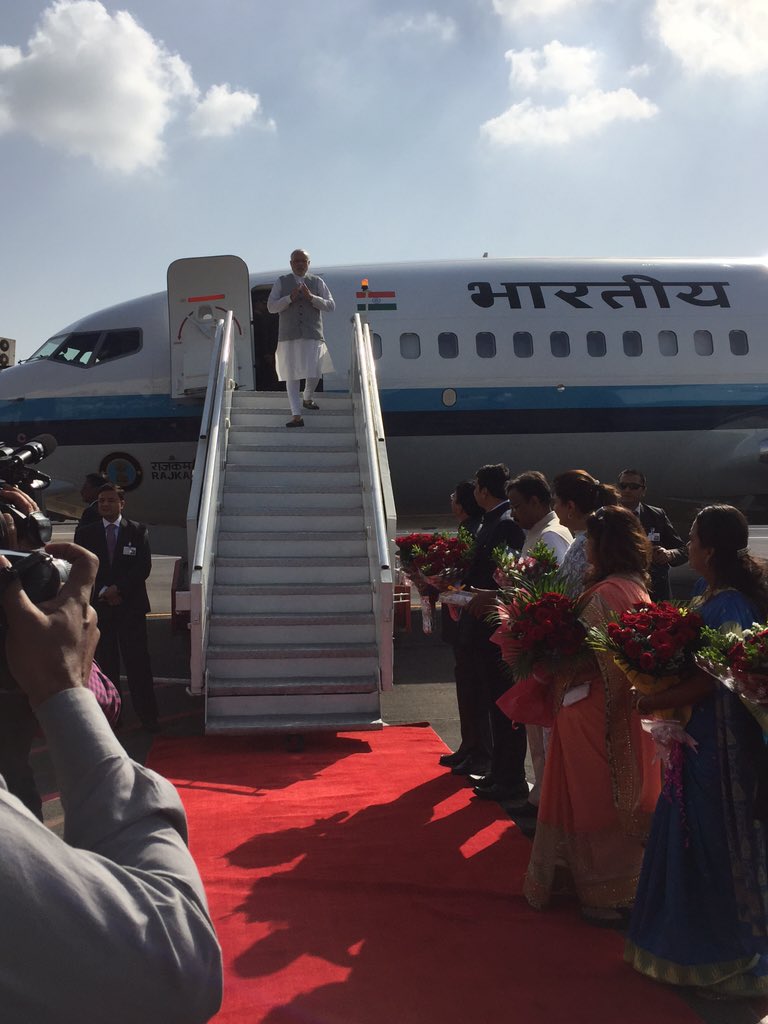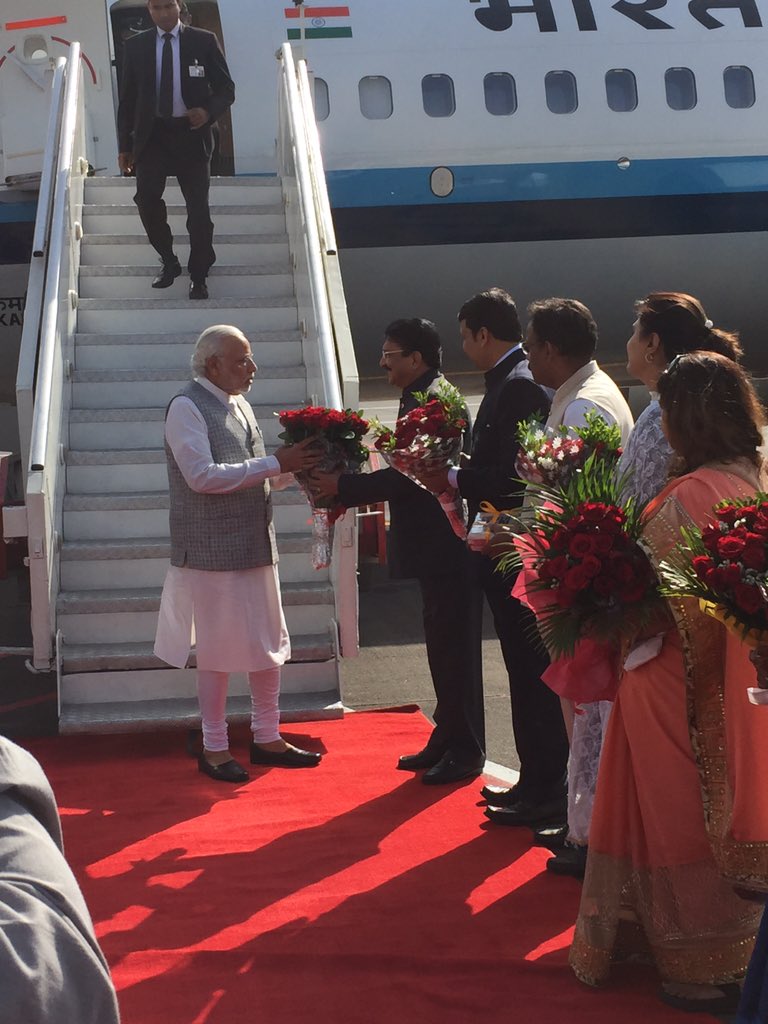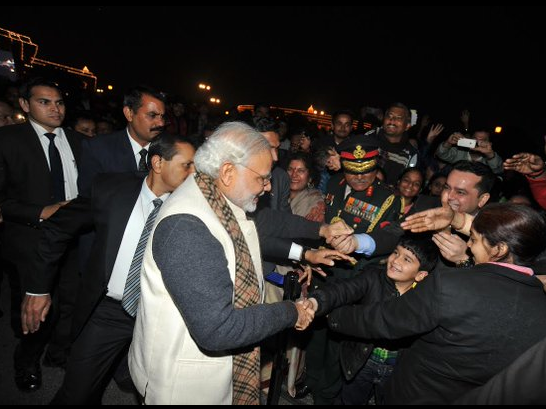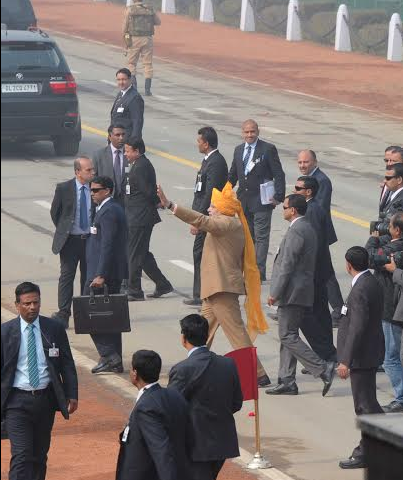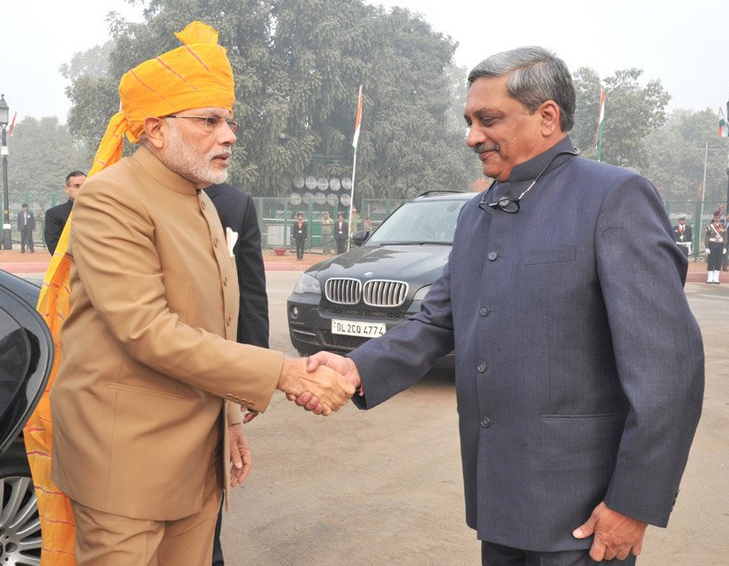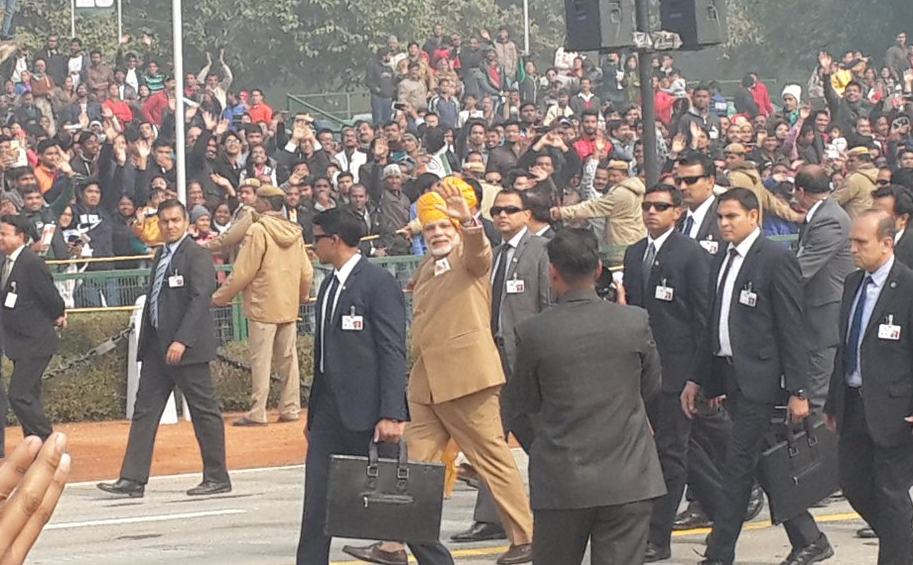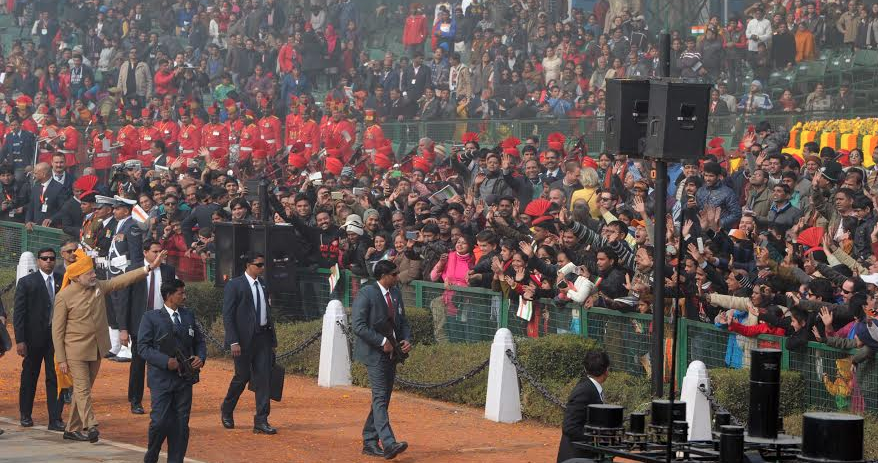American, Indian Special Forces train together at JBLM
By
J.M. Simpson on January 28, 2016
Indian Special Forces soldiers wade ashore after jumping from a helicopter as part of their training. Photo credit: J.M. Simpson
Write to Editor
Leave A Comment
Read Comments






About 150 meters to the right side of the special action vessel, or SAV, a Chinook helicopter slowly moved forward as it maintained an altitude of about 10 feet off the cold water between Ketron Island and Solo Point.
The sound and fury of the Chinook's powerful, 3,750 horsepower driven tandem sixty-foot rotor blades created a spiraling storm of salty spray.
Into the fury jumped nine 1st Special Forces Group (Airborne) and 9th Battalion Parachute Regiment Indian Special Forces soldiers in a training event called helocasting. After the last operator entered the water, the Chinook ascended quickly.
Helocasting is an airborne technique used by small units to enter an area of operations. Conducted by helicopter, the aircraft assumes an altitude just above the water at an airspeed of just over one mile per hour as the team members exit and enter the water.
As the sound and fury subsided, American Special Forces soldiers quickly approached in two zodiac boats to pick up the jumpers and brought them to Solo Point.
"We are developing a very good relationship with the American Special Forces," commented Col. Bhaskar Tomar last Friday morning as he observed the training from the SAV.
"We are working together; it is the military-to-military contact that improves this ability to work together."
Last held in 2012, Vajra Prahar is a two-week bilateral exercise between America and India's elite soldiers. Forty-two soldiers from the near Asian country's special forces trained with and learned from a dozen of 1st Group's dive team.
Driven by practicality and politics, the training is based on American and Indian concerns about terrorist or pirate activities off India's coast.
The 1st Special Forces Group works primarily in the Pacific region, and it is not uncommon for members to train annually in about 20 countries. This is why the Group's "First in Asia" motto is relevant. One of its battalions is stationed in Okinawa; the others are based at Joint Base Lewis-McChord.
"This exchange is taking place at a time when the political relations between the two countries are extremely strong," said Arun Kumar Singh, India's Ambassador to the United States, in an interview earlier in the week.
Last week's jump into the South Puget Sound's briny water underscores the relationship.
"We're training with our Indian partners to build their capacity," commented Lt. Col. Terry Butcher, commander of 1st Group's 2nd Battalion, before the helocasting training began.
Moments later another Chinook rolled into a descent over the water and lined up for another drop of Indian and American special forces soldiers.
"We trained for this at home," mentioned Tomar as the SAV quickly followed the big helicopter and another group of American and Indian soldiers jumped into the water.
"The chance to work here with the American military is good for our future."
Indian Special Forces here - News Front - Northwest Military - Home of The Ranger, NW Airlifter & Weekly Volcano










